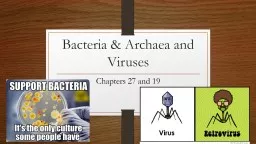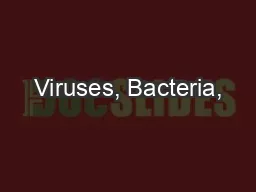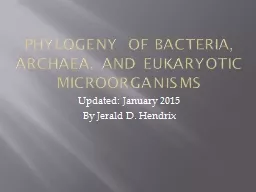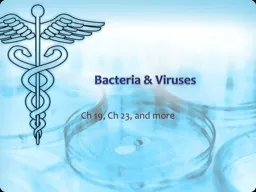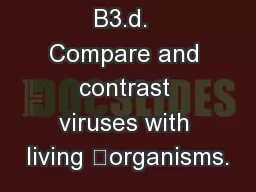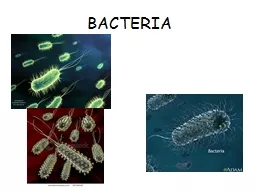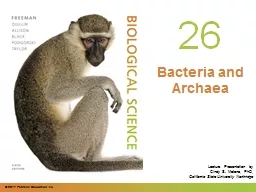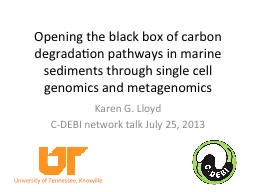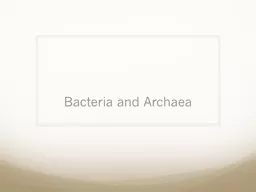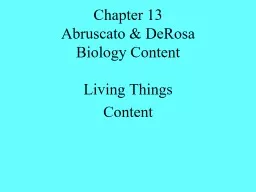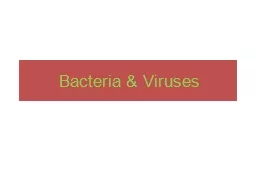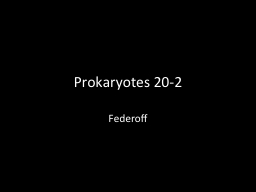PPT-Bacteria & Archaea and Viruses
Author : olivia-moreira | Published Date : 2020-04-04
Chapters 27 and 19 YOU MUST KNOW The key ways in which prokaryotes differ from eukaryotes with respect to genome membranebound organelles size and reproduction How
Presentation Embed Code
Download Presentation
Download Presentation The PPT/PDF document " Bacteria & Archaea and Viruses" is the property of its rightful owner. Permission is granted to download and print the materials on this website for personal, non-commercial use only, and to display it on your personal computer provided you do not modify the materials and that you retain all copyright notices contained in the materials. By downloading content from our website, you accept the terms of this agreement.
Bacteria & Archaea and Viruses: Transcript
Download Rules Of Document
" Bacteria & Archaea and Viruses"The content belongs to its owner. You may download and print it for personal use, without modification, and keep all copyright notices. By downloading, you agree to these terms.
Related Documents

